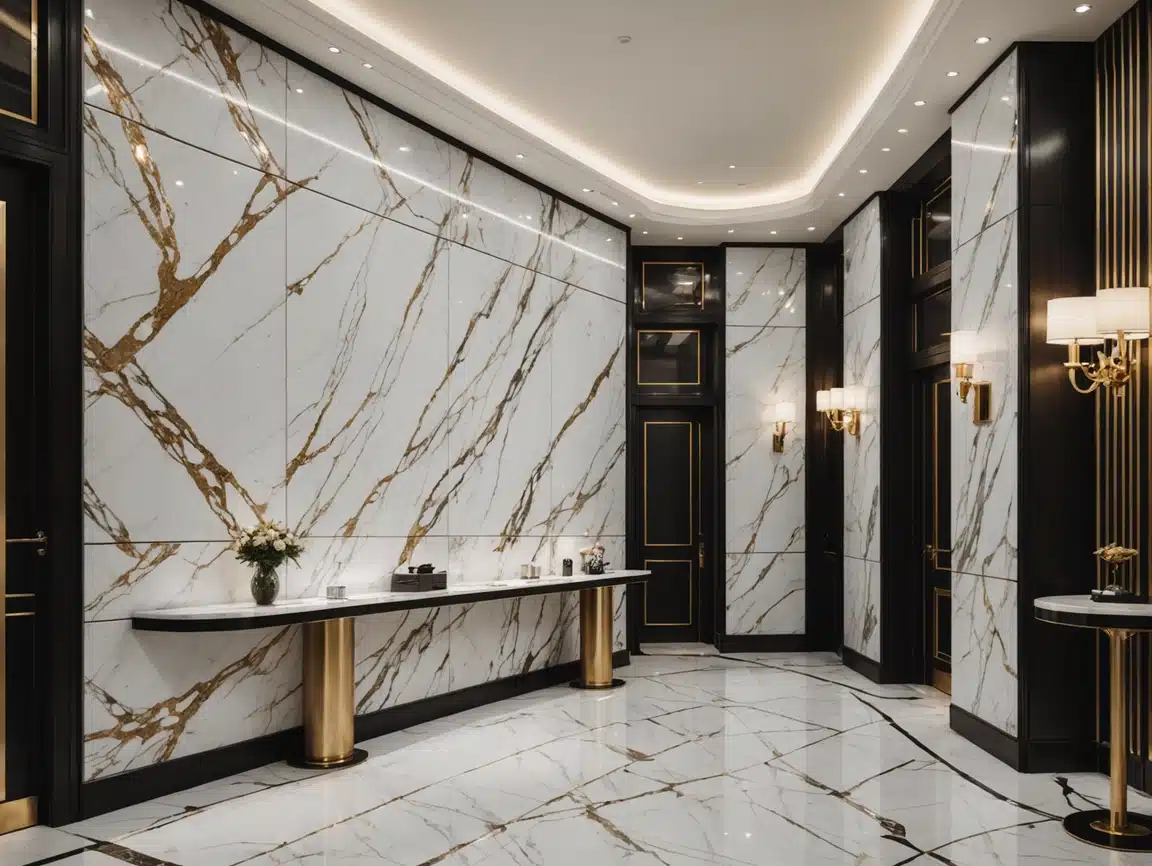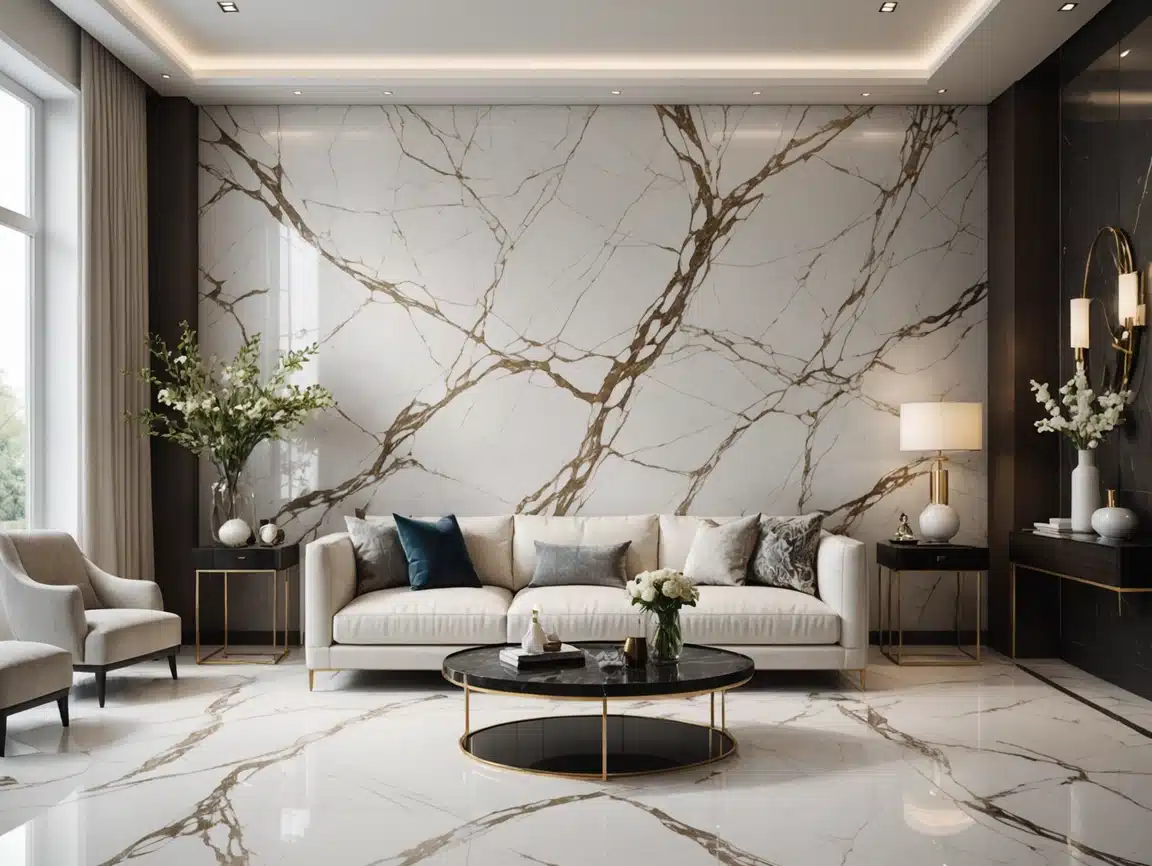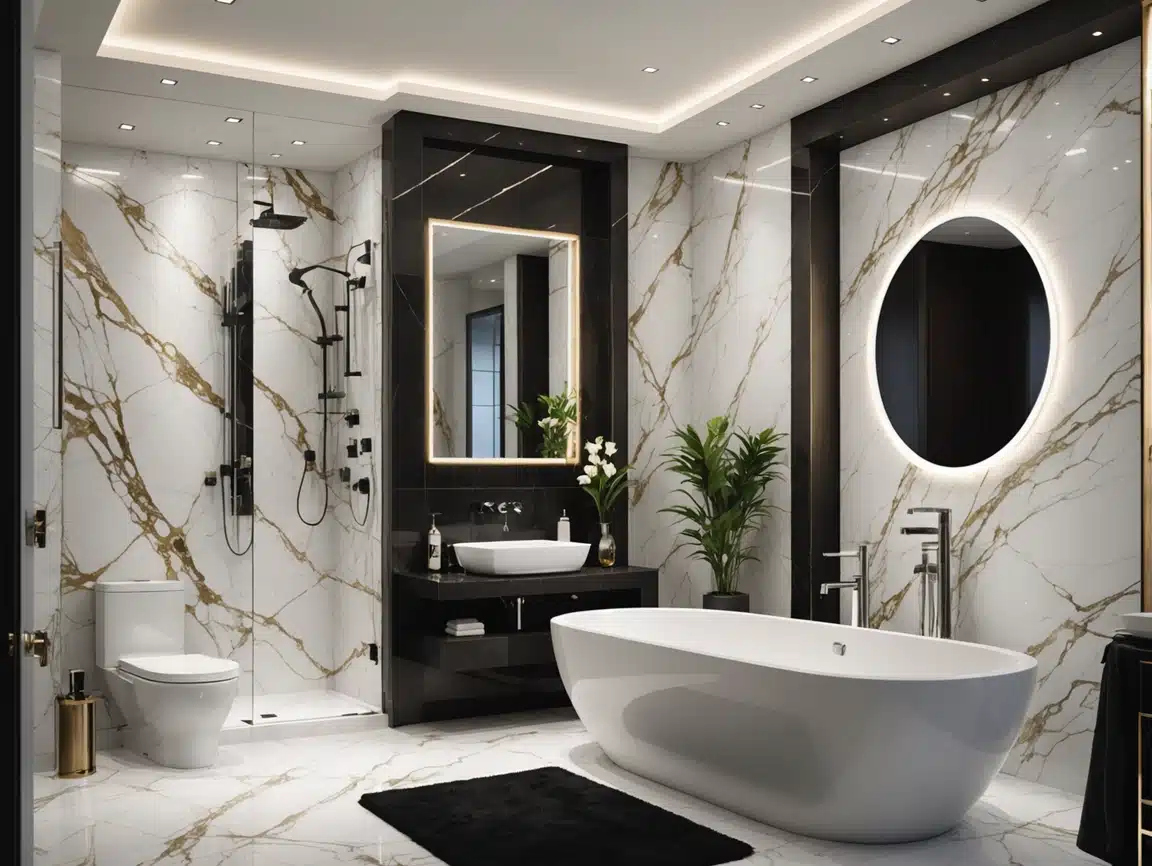The difference between sound insulation and sound absorption
Soundproofing and sound absorbing are often confused, but they solve very different noise problems. Using the wrong method can waste time and money. Here’s a clear breakdown of their differences, materials, and when to use each—plus how to combine them for ultimate peace and quiet.
Key Takeaways
- Soundproofing: Blocks noise from entering/escaping a room (e.g., traffic, loud neighbors).
- Sound Absorbing: Reduces echoes and reverberation within a room (e.g., hollow voices, tinny acoustics).
- Best Results: Use both for spaces like home theaters, offices, or recording studios.
1. Definitions
| Term | Goal | Example Problems |
|---|---|---|
| Soundproofing | Block sound transmission | Noisy neighbors, street traffic, loud appliances. |
| Sound Absorbing | Reduce internal echoes | Echoey rooms, muffled speech, poor music clarity. |
2. How They Work
Soundproofing
- Blocks sound waves from passing through walls, floors, or ceilings.
- Relies on mass, density, and sealing gaps.
- Measured by STC (Sound Transmission Class): Higher STC = better blocking.
Sound Absorbing
- Traps sound waves to prevent them from bouncing off hard surfaces.
- Relies on porous, soft materials.
- Measured by NRC (Noise Reduction Coefficient): Higher NRC = better absorption.
3. Materials Compared
| Method | Common Materials | Best For |
|---|---|---|
| Soundproofing | Mass-loaded vinyl (MLV), acoustic drywall, Green Glue, rubber underlayment. | Walls, ceilings, floors, doors. |
| Sound Absorbing | Acoustic foam, fabric panels, fiberglass, cork, carpet. | Ceilings, walls, open-plan areas. |
4. When to Use Each
Use Soundproofing If You Need to…
- Stop noise from outside (traffic, construction).
- Prevent sound from escaping (home theaters, music rooms).
- Block impact noise (footsteps, slamming doors).
Example Fixes:
- Install MLV under drywall (STC 50+).
- Seal windows/door gaps with acoustic caulk.
- Add thick rugs with rubber underlayment.
Use Sound Absorbing If You Need to…
- Fix echoey or “boomy” rooms.
- Improve speech/music clarity.
- Reduce background noise in offices or restaurants.
Example Fixes:
- Mount fabric-wrapped panels (NRC 0.8+).
- Install acoustic ceiling clouds.
- Add thick curtains and plush furniture.

5. Common Myths Debunked
Myth 1: “Acoustic foam blocks outside noise.”
- Truth: Foam absorbs echoes but doesn’t block external sound. Pair it with MLV or drywall for real soundproofing.
Myth 2: “Adding mass (e.g., bookshelves) absorbs sound.”
- Truth: Mass helps block sound (soundproofing) but won’t reduce echoes. Use absorption panels for that.
Myth 3: “Rugs alone can soundproof a room.”
- Truth: Rugs absorb mid/high frequencies but don’t block noise. Add MLV underlayment for soundproofing.
6. How to Combine Both for Best Results
- Home Theaters:
- Soundproof: MLV + acoustic drywall on walls.
- Absorb: Fabric panels and bass traps.
- Home Offices:
- Soundproof: Seal door/window gaps.
- Absorb: Acoustic foam or ceiling panels.
- Apartments:
- Soundproof: Rubber underlayment under floors.
- Absorb: Thick rugs and wall-mounted panels.
Cost Comparison
| Project | Soundproofing | Sound Absorbing |
|---|---|---|
| Materials | MLV (3–8/sq. ft.), acoustic drywall (2–5/sq. ft.). | Acoustic foam (1–5/sq. ft.), fabric panels (10–30/panel). |
| Labor | 2,000–10,000 (walls/floors). | 500–2,000 (panels/foam). |
| DIY-Friendly? | Moderate (sealing gaps, MLV). | Easy (stick-on panels). |
FAQs
Q: Can I use egg cartons for soundproofing?
A: No—they slightly absorb sound but won’t block noise. Use MLV or acoustic drywall instead.
Q: Do soundproof curtains work?
A: They block 30–50% of noise (soundproofing) and absorb some echoes (NRC 0.4–0.6).
Q: How do I test if I need absorption or proofing?
A: If noise comes from outside, prioritize soundproofing. If speech sounds muddy, focus on absorption.

Conclusion: Solve the Right Problem
Soundproofing keeps unwanted noise out (or in), while sound absorbing improves the acoustics inside. For spaces like recording studios or busy homes, combine both methods. Start by identifying your biggest noise issue—outside sounds or internal echoes—and pick materials accordingly.
Still unsure? Take our 2-minute quiz or consult an acoustic expert!
Free samples
In recent years, composite products have become more and more popular all over the world. We believe you will also be interested in this new material. If you are interested, you can come to consult us. We have a professional service team that can not only answer any questions you may have but also provide you with free samples. Let you better understand the composite products. There is no doubt that composite wall panels will be the new future.
Share

James is a content creator and decorator with five years of experience designing home decor. In his daily life, james is constantly on the lookout for the latest, great examples of house design and further optimizes his solutions. Additionally, he writes articles related to outdoor design, interior design, and architectural decorating materials to help brands build more engaging relationships with their audiences.




